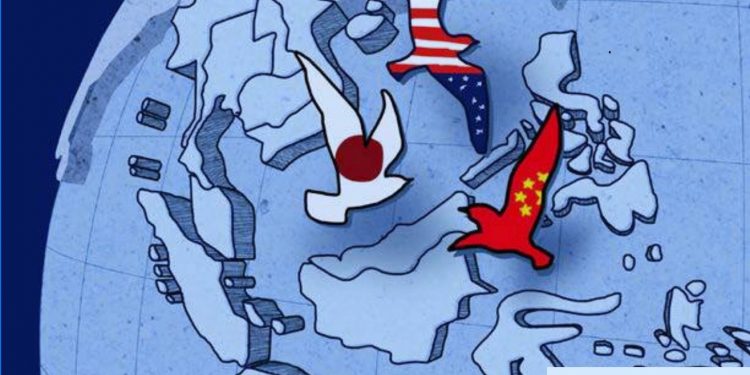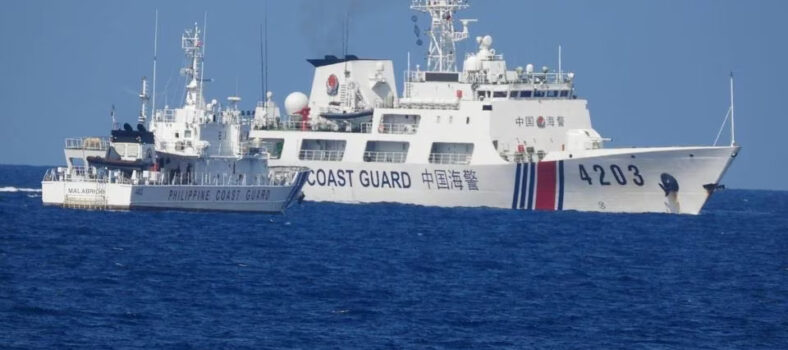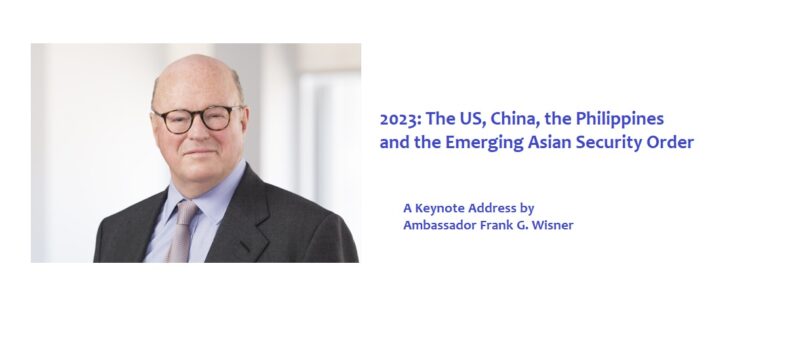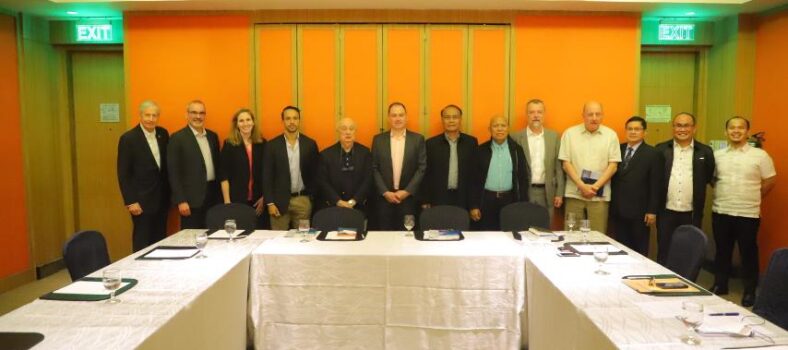Contested Spaces: A Renewed Approach to Southeast Asia
March 20, 2019
A Publication of Center for a New American Security
By Patrick M. Cronin, Abigail Grace, Daniel Kliman, and Kristine Lee
Executive Summary
As the competition between the United States and China to shape the course of the 21st century intensifies, Southeast Asia has become a contested space. A region where geopolitical orientations remain fluid, Southeast Asia lies at the front line of Beijing’s expanding diplomatic influence, economic leverage, and military capability. At stake is whether countries across the region can retain their economic sovereignty and freedom of decision, and whether governance in the region will broadly trend toward greater freedom and openness, or the opposite.
Now is the time to revisit America’s approach toward Southeast Asia. After reaching a high point during the Obama presidency, U.S. engagement with the region lost momentum at the outset of the Trump administration.
That has since changed, as the Trump administration has come to recognize that its overall effort to compete with China will falter if it fails to get Southeast Asia right.
As the United States renews its approach toward Southeast Asia, it is not alone. U.S. allies and partners in the wider Indo-Pacific region and beyond can play a critical role in enabling Southeast Asia to chart a future on its own terms. In particular, Japan, with its long-standing economic ties in the region and enduring diplomatic influence, stands out. And while Washington and Tokyo already coordinate their strategies toward Southeast Asia to a degree, ample room exists for new joint initiatives.
State of Play
Southeast Asia has emerged as the most contested space in the Indo-Pacific. The following observations, which are based on extensive field research*, capture the regional state of play:
- China has adopted a well-resourced and comprehensive approach to Southeast Asia that aims to draw large segments of the region into its sphere of influence.
- Beijing has sown enduring divisions among the members of the region’s premier multilateral organization, the Association of Southeast Asian Nations (ASEAN), while making more limited progress toward driving wedges in U.S. regional alliances.
- Countries in the region generally remain hesitant to align more overtly with the United States, even if the result is ultimately detrimental to their long-term freedom of choice.
- States in Southeast Asia currently do not perceive a comprehensive U.S. economic strategy that offers a meaningful alternative to China’s combined trade and investment.
- S. efforts to promote greater self-defense capabilities for many countries in Southeast Asia will, at best, yield meaningful dividends over the long term, potentially after 2030.
- Japan broadly shares a common vision with the United States for Southeast Asia: to empower countries to chart their own destinies while gradually becoming more economically open and democratic.
*Field research informing this report includes meetings with officials, foreign policy experts, and business representatives from Indonesia, the Philippines, Malaysia, Singapore, South Korea, Thailand, and Vietnam, as well as a workshop in Japan.
A Renewed Approach to Southeast Asia
The United States should craft a comprehensive, whole-of-government approach to the region along four primary axes: economics, security, diplomacy, and its alliance with Japan. The following are a selection of the high-impact recommendations advanced in the report:
Recommendations: Economics
- Promote Bilateral Trade and Investment: This starts with the U.S. trade representative making a renewed effort to negotiate bilateral free trade agreements (FTAs) with the Philippines and Vietnam.
- Emphasize Region-Driven Infrastructure Solutions: Specifically, the United States should seek to partner with ASEAN to implement its 2025 master plan for regional connectivity.
Recommendations: Security
- Elevate the Focus on Illegal, Unreported, and Unregulated (IUU) Fishing: The United States should support Indonesia’s call for an international consensus to add IUU fishing to the United Nations Convention against Transnational Organized Crime.
- Supplement U.S. Freedom of Navigation Operations: Taking a page from the successful participation of the High Mobility Artillery Rocket System (HIMARS) in the 2016 Balikatan exercise with the Philippines, the United States should deploy new types of capabilities to the region that demonstrate the flexibility and variability of America’s rotational military presence.
Recommendations: Diplomacy
- Emphasize Programs that Address Acute Domestic Needs: Follow up on successful programs such as the recently completed U.S. aid program that measurably reduced the high-visibility issue of stunting in Indonesia, for example, by partnering with a brand-name American hospital to open a branch in countries such as the Philippines or Indonesia, where high-quality health care is scarce.
- Launch a “Truth Campaign”: The United States should issue a brief white paper that lists every unlawful action that Beijing has conducted in the South China Sea, including the environmental damage caused by its land reclamation activities.
Recommendations: U.S.-Japan Alliance
- Advance Joint Infrastructure Collaboration: The United States and Japan should develop a priority list of infrastructure projects in Southeast Asia based on geopolitical concerns and align strategic investments into these targeted projects.
- Promote Regional Resilience to Chinese Disinformation: The United States and Japan should work together to help countries across Southeast Asia identify Chinese online influence campaigns and counter disinformation emanating from Beijing.





